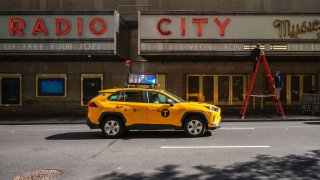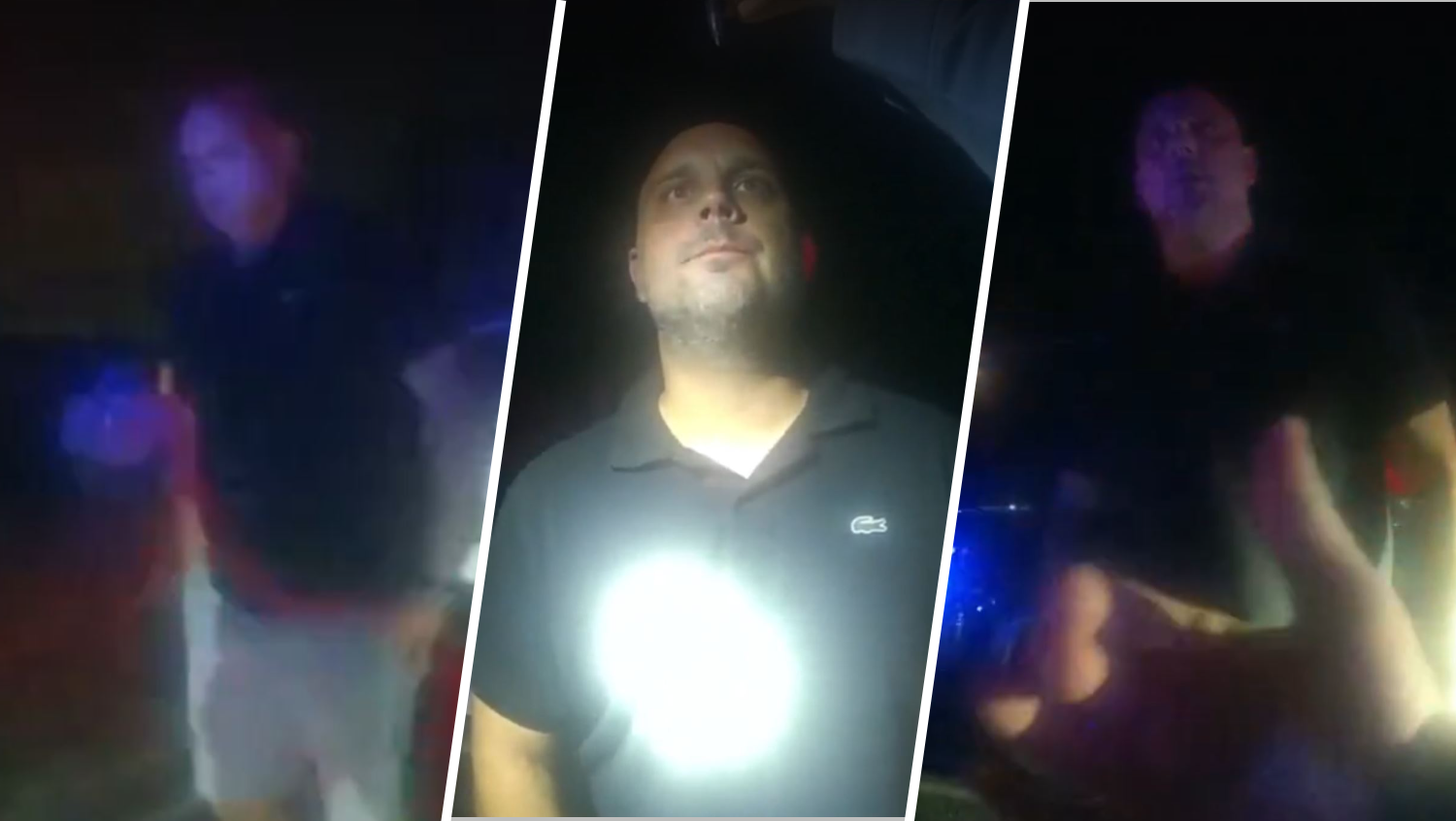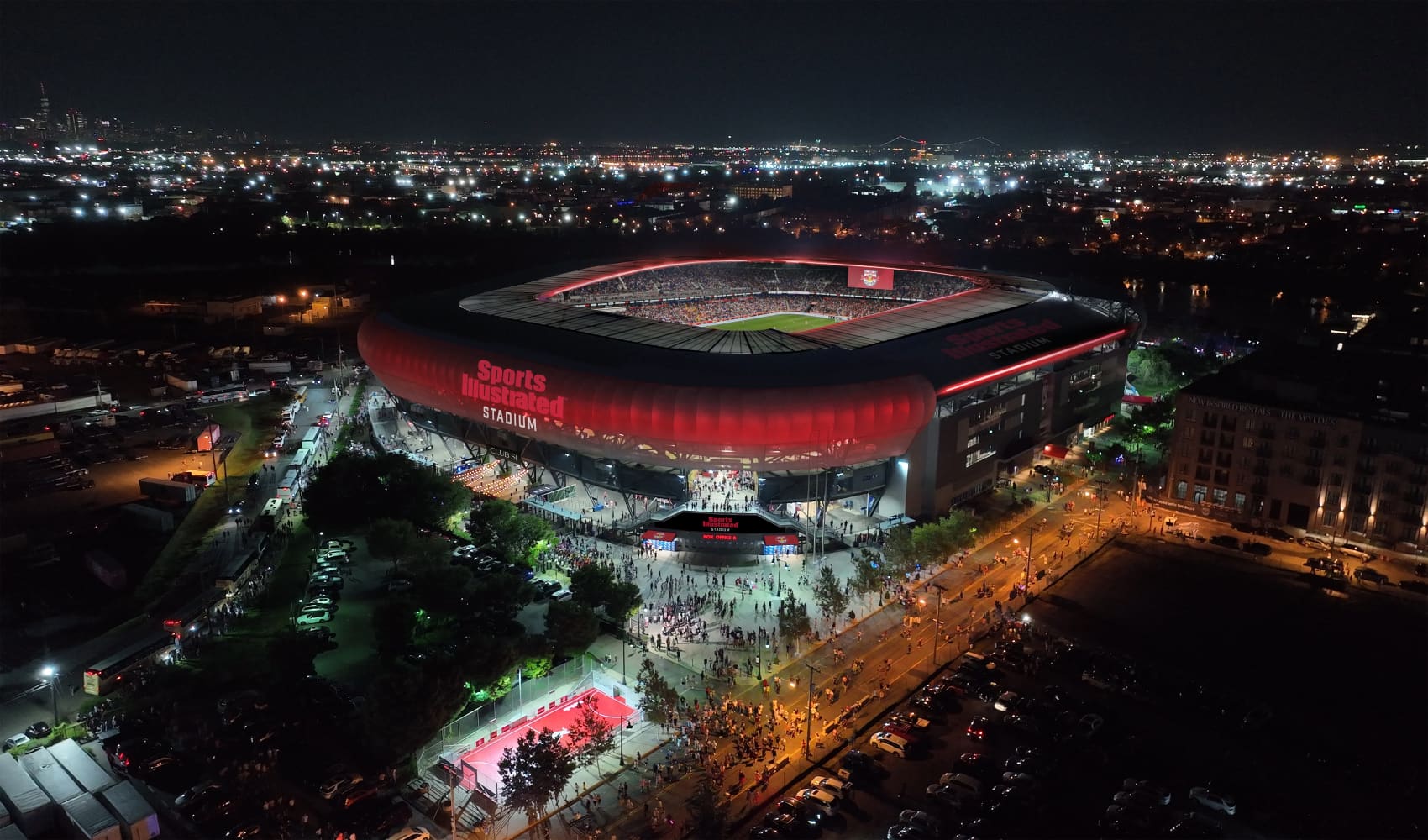
This article was originally published on Aug 22 5:40am EDT by THE CITY
Proposed fees on city drivers that are supposed to generate billions of dollars for mass transit upgrades also threaten to take a crippling toll on the livelihood of cabbies and the long-suffering yellow taxi industry.
The proposed Central Business District Tolling Program — aka congestion pricing — could tack up to $19 in new fees onto every metered cab trip south of 60th Street in Manhattan, under one of the seven possible scenarios for the system.
An environmental assessment released Aug. 10 predicted the tolls would reduce demand for taxis by up to 17% in the congestion zone, potentially pushing some cabbies and “for-hire vehicle” drivers out of work.
“Whenever they have a problem, they [the MTA] come to us,” said Allen Kaplan, owner of Team Systems Taxi in Long Island City, noting other transit-supporting surcharges that have been in place for years. “We’ve helped out and we’ve sacrificed, but this is another robbery.
“This is a gun to our head.”
Get Tri-state area news delivered to your inbox.> Sign up for NBC New York's News Headlines newsletter.
The potential fees would be on top of an existing $2.50-a-trip congestion surcharge added in 2019 to all yellow taxi trips south of 96th Street in Manhattan, while $2.75 is tagged on to trips in green cab and for-hire vehicles. Those fees have generated more than $1 billion in three years, according to the Taxi and Limousine Commission.
Local
Additionally, a 50-cent-per-ride MTA surcharge on all yellow and green cab hails has, since 2009, generated about $750 million for the transit agency through taxi trips, according to the TLC.
“The cab drivers are all hard-working people, but it’s getting harder and harder for them,” said Kaplan, who has been in the taxi business for more than half a century. “We are that old boxer that gets into the ring and keeps getting punched, punched, punched, punched and punched.”
Pounded by the Pandemic
The congestion pricing scenarios come as the beleaguered yellow taxi industry slowly bounces back from the pandemic, when demand for trips plummeted, many vehicles were pulled out of service and medallion owners continued to struggle with debt.
TLC numbers show there were an average of 5,490 yellow taxis on the road daily in June — not even half of the 13,587 medallion vehicles in the city — each completing approximately 20 trips a day.
At the same time, there were an average of 49,341 high-volume for-hire vehicles — which include Uber and Lyft — which each did about 12 trips per day.
The potential impacts on the struggling street-hail industry are spelled out in hundreds of pages of documents made public this month as part of the required environmental assessment for the long-delayed program.
The report lays out seven different tolling possibilities for motorists driving into Manhattan south of 60th Street, with peak-hour tolls ranging from $9 to $23 and overnight tolls from $5 to $12. The first of six August public hearings on the proposed tolling program is scheduled for Thursday, August 25.
“We encourage drivers and their representatives to share their views with the public and the project sponsors by participating in the public hearings or submitting comments for the record,” said Aaron Donovan, an MTA spokesperson.
Mario Galindo, who has been a taxi driver since 1994, said he expects Midtown Manhattan will remain his go-to spot for fares even if congestion pricing passes, but he worries that new fees could shrink his customer base.
“There are trips to the airport and attractions around the city,” Galindo, 64, told THE CITY, while taking a break in his parked taxi on West 28th Street and Tenth Avenue in Manhattan. “I need to be in Midtown to make the most money.”
Under one of the seven tolling options to be considered by the state’s Traffic Mobility Review Board — a six-member panel in charge of recommending toll rates and exemptions — taxi passengers could face a $19 fee on all peak-hour trips in the most congested parts of Manhattan.
“Whenever you’re taking money from people, it’s going to be a bad thing,” said 51-year-old cabbie, Adam Sidib while at a Harlem taxi garage. “We’re just cab drivers, we can’t do anything about it.”
Another option could hit taxis and for-hire vehicles (FHV) with a once-a-day $23 fee, while the lowest-priced scenario would add a $9 peak-hour charge no more than once daily.
/cdn.vox-cdn.com/uploads/chorus_asset/file/23933619/Congestion_Pricing_Chart.png)
“We are excited that the process has taken an important step forward by outlining the options and inviting public input,” TLC Commissioner David Do said in a statement to THE CITY. “We look forward to important discussion on fairness for taxis and for-hire vehicles as the public review period progresses, and as the Traffic Mobility Review Board gets to work in recommending a final toll plan.”
Preparing for Job Losses
The environmental assessment report acknowledges that “scenarios that charge every taxi and FHV trip would lead to higher overall prices paid by customers” and adds that some options could reduce employment among taxi and FHV drivers.
“A potential disproportionately high and adverse effect would occur to taxi and [FHV] drivers in New York City, who largely identify as minority populations, in tolling scenarios that toll their vehicles more than once a day,” an executive summary of the report says.
According to the report, TLC data shows 96% of yellow and green taxi drivers were born outside of the United States, compared with 91% of for-hire vehicle drivers.
Advocates for taxi and for-hire vehicle drivers have called for them to be exempt from congestion pricing fees altogether. But State Sen. Leroy Comrie (D-Queens), who oversees a legislative committee with MTA oversight, has said “there should be no exemptions.”
Trips in FHVs could, under one of the seven proposals, face a $23-per-trip fee up to three times a day.
“The MTA should leave the status quo in place for the drivers and reassess in a few years,” said Brendan Sexton, president of the Independent Drivers Guild, which represents more than 80,000 for-hire drivers in the city. “They cannot gamble with the livelihood of tens of thousands of New Yorkers.”
To mitigate the potential economic fallout of any tolling structure that would toll taxi and for-hire vehicle drivers more than once a day, the report says that when a passenger is present, the passenger pays the toll.
The environmental assessment also raised the possibility of connecting “drivers experiencing job insecurity” with a “direct pathway to licensing, training and job placement with MTA or its affiliated vendors at no cost to the drivers.”
Norman Buenaventura, who has been driving a taxi for a decade, said there is “not a chance” that he would seek employment with the transit agency.
“I could have applied for that a while ago,” the 49-year-old cabbie told THE CITY, while on a break in Chelsea. “We need our freedom, but I won’t have that freedom if I take a job with the MTA — I have two kids.”
At his Long Island City base, Kaplan said one of the biggest rewards of his more than 50 years in the taxi business has been when long-time drivers put their kids through college and “live the American dream” after getting their start as cabbies.
“We all want to help the city, we all want to help the MTA,” he said. “But at what point does it become ridiculous?”
THE CITY is an independent, nonprofit news outlet dedicated to hard-hitting reporting that serves the people of New York.



